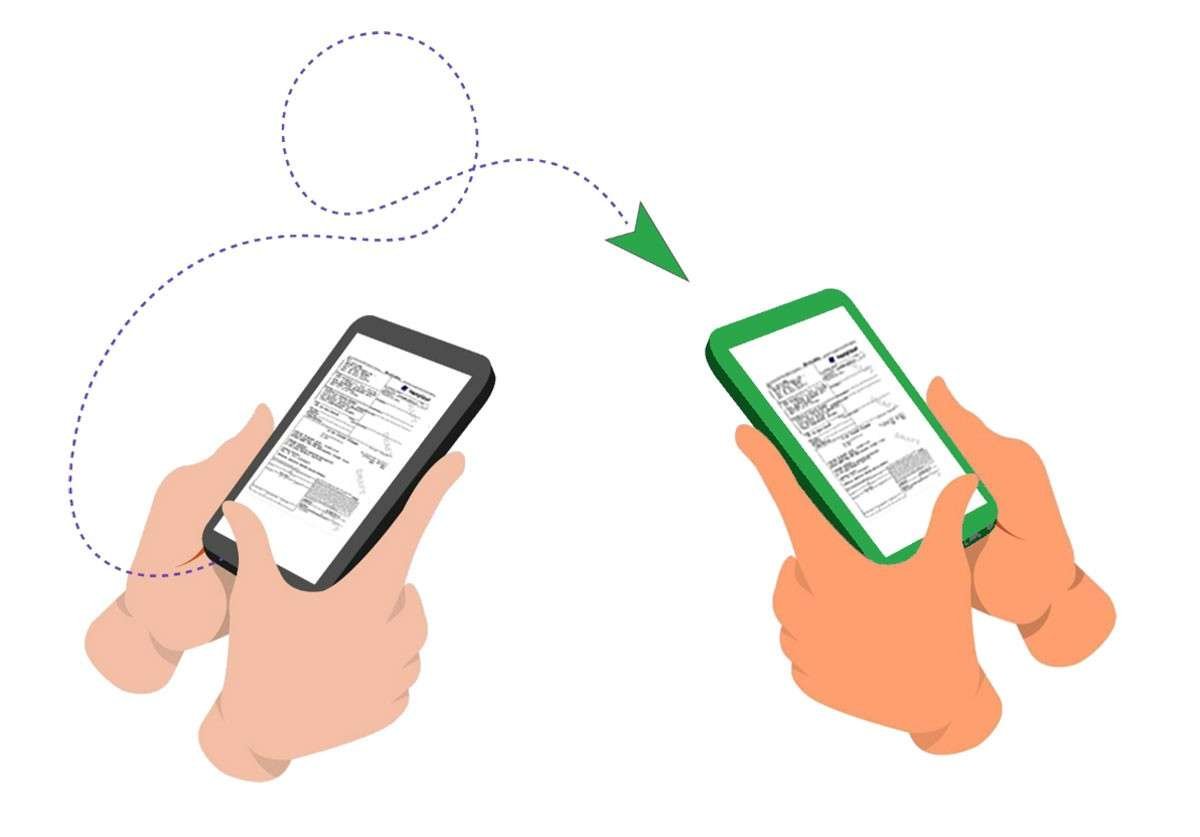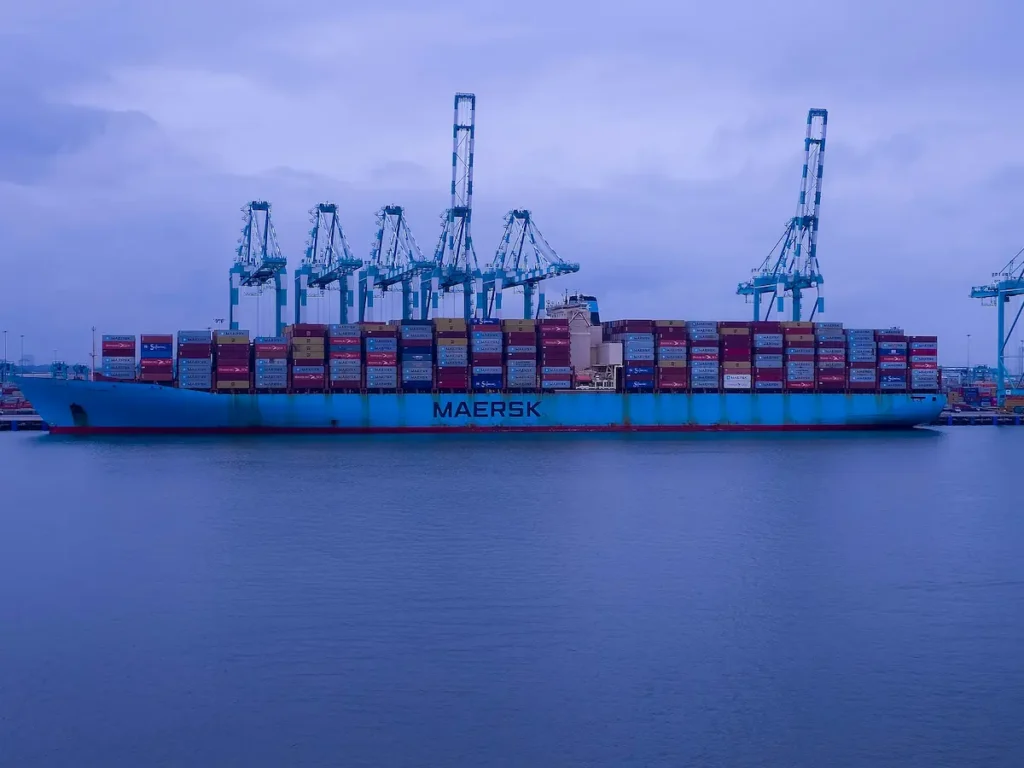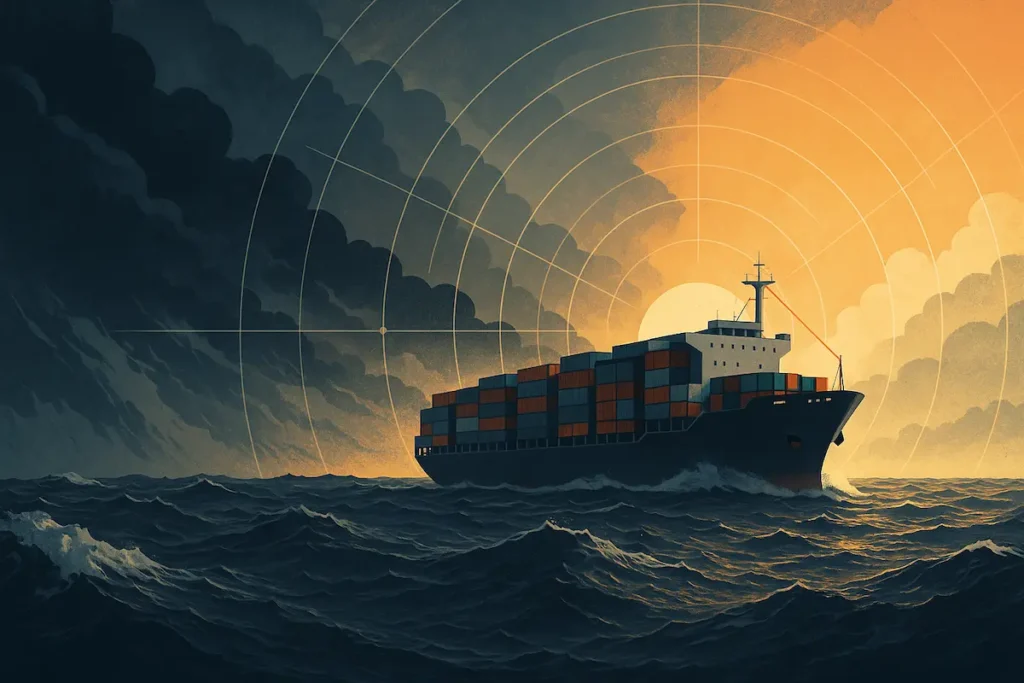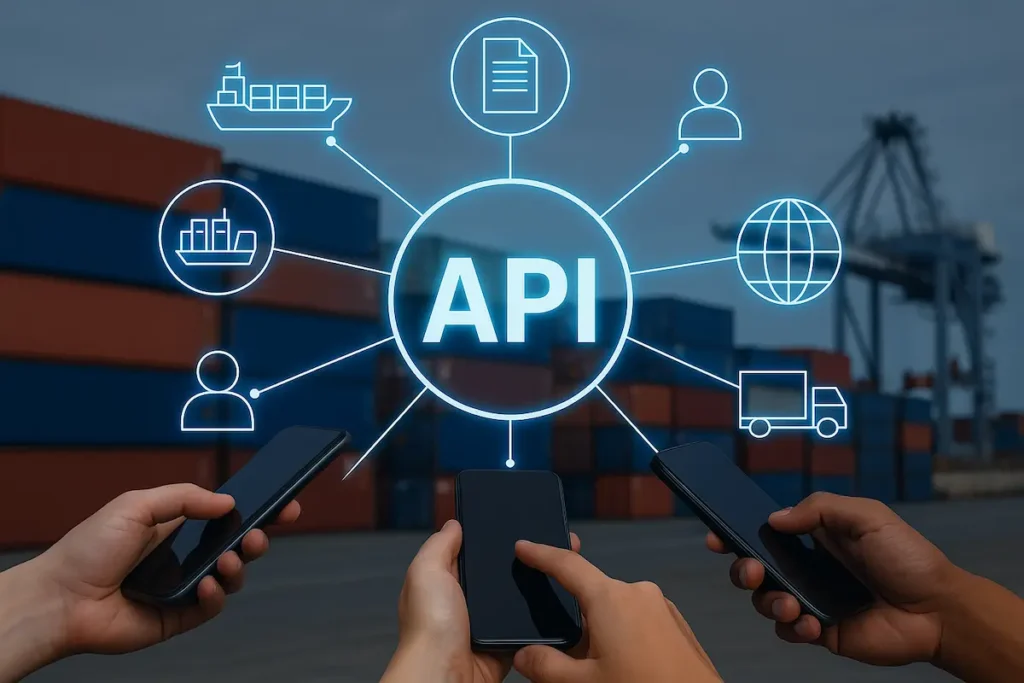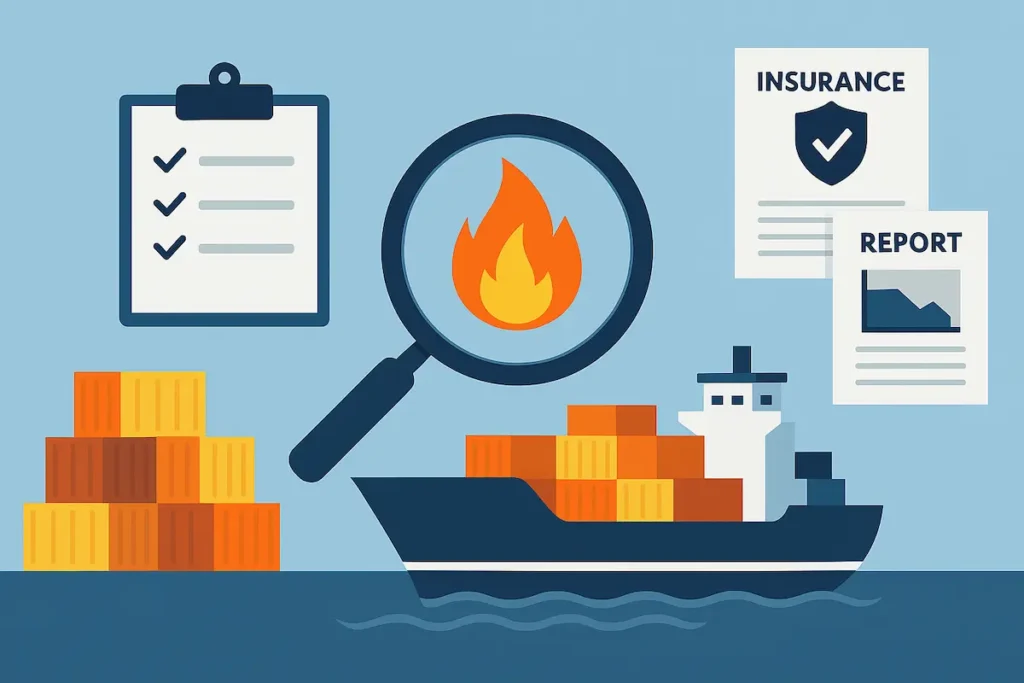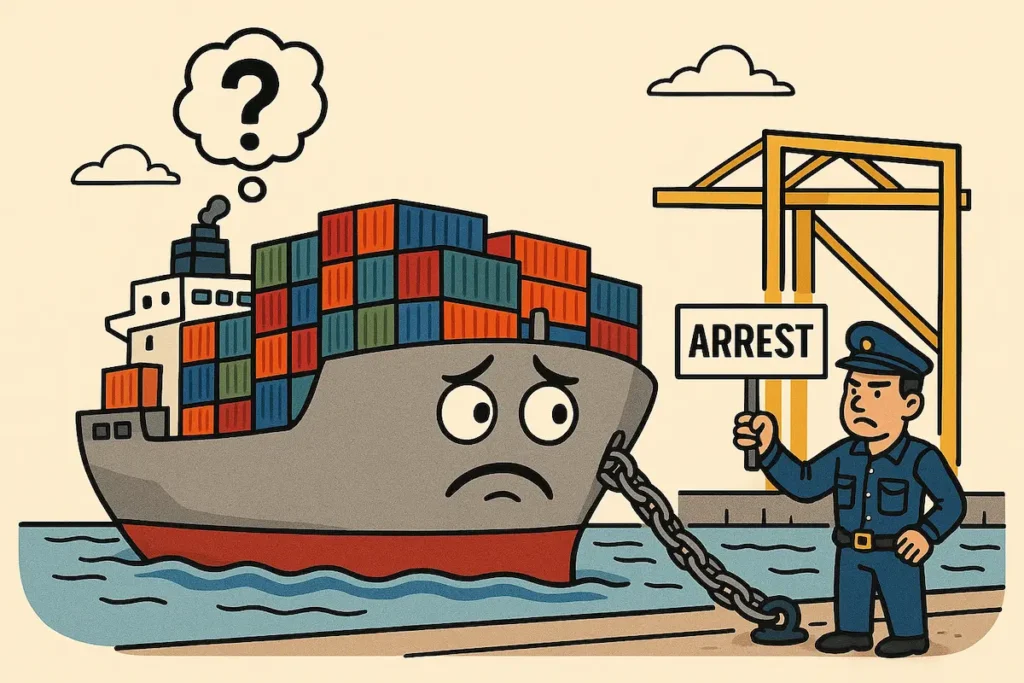The digital transformation of global trade has reached a critical juncture, with Electronic Bills of Lading (eBLs) available for both containerised and bulk shipments..
Bulk shipping has made significant inroads in this area with BIMCO’s 25×25 campaign already achieving its goal in 2024 with major mining companies like BHP, Rio Tinto, Vale, and Anglo-American shifting 25.1% of their annual iron ore trade volume to China using eBLs..
The adoption of eBLs for containerised transport however has remained frustratingly limited.. The core barrier was said to be “Interoperability” which is the ability for an eBL issued on one platform to be seamlessly transferred to another while retaining its legal and operational characteristics..
In a LinkedIn post, the Co-Head of ICE Digital Trade (formerly essDocs) Marina Comninos, announced that together with IQAX which uses GSBN, ICE Digital Trade has reached a milestone achievement with the approval of the ICE Access Agreement 2024.1 by the International Group of P&I Clubs..
Why is interoperability important..??
Interoperability is not just a technical necessity; it’s a business enabler.. A bill of lading serves as a document of title, receipt of goods, and evidence of the contract of carriage.. In its digital form, the stakes are even higher..
The absence of interoperability was seen as a limiting factor for the transferability and trustworthiness of eBLs, hitherto discouraging stakeholders from fully transitioning away from paper-based systems..
As Marina Comninos highlights, “For eBLs to reach their full potential, they must mirror the universality and reliability of paper BLs. Achieving this requires collaboration across technological, legal, and operational domains.”
The 4 Pillars of eBL interoperability
1. Technical Integrity
Ensuring that only one original eBL exists at any time is paramount.. This avoids duplication and guarantees that the rightful holder retains exclusive control.. The Digital Container Shipping Association (DCSA) has been instrumental in establishing standards to address this issue..
These guidelines provide a framework for implementing secure, reliable, and interoperable eBL solutions, ensuring that digital systems meet the rigorous demands of global trade..
2. Legal Equivalence
A significant hurdle to eBL adoption has been the need for legal recognition equivalent to paper BLs.. Without this, stakeholders risk non-compliance with trade laws or rejection by courts..
Jurisdictions like the UK, with its Electronic Trade Documents Act 2023, and Singapore, through its Electronic Transactions (Amendment) Act 2021, have pioneered enabling legislation..
These laws provide the foundation for ensuring that eBLs are legally valid, enforceable, and widely accepted across borders and as Marina Comninos rightly notes, “a legal solution to ensure that the eBL is the legal equivalent of a paper BL”..
3. Liability Framework
The absence of a clear liability regime has been a sticking point for many stakeholders.. When losses occur—whether through errors, fraud, or technical malfunctions—establishing accountability is crucial..
An effective liability framework ensures that solution providers are held responsible for their actions and are capable of compensating affected parties.. This transparency builds trust among users and encourages adoption..
4. P&I Club Approval
Insurance remains a cornerstone of risk management in shipping.. For carriers, the approval of interoperable eBLs by the International Group of P&I Clubs (IG) is a game-changer..
Such endorsement ensures that carriers issuing interoperable eBLs are insured against potential liabilities..
The IG’s approval of the ICE Access Agreement 2024.1, allowing CargoDocs eBLs to be transferred across platforms, represents a significant milestone in the journey toward interoperability..
The ICE Access Agreement
The approval of the ICE Access Agreement 2024.1 by the International Group of P&I Clubs is the final piece of the puzzle in achieving interoperability for eBLs.. This agreement enables the transfer of CargoDocs eBLs to users on other platforms, bridging the gap between different eBL solutions.. With this milestone, the industry is now poised to implement interoperable eBLs at scale..
Enabling practical implementation
While the approval of the ICE Access Agreement is a significant step forward, its success depends on practical implementation..
Stakeholders must collaborate to address real-world challenges, including:
- Integration Across Platforms
Solution providers must ensure seamless integration of their systems with others, allowing smooth transfers of eBLs without disruptions.. - Stakeholder Education
Widespread adoption requires educating stakeholders—from carriers and freight forwarders to shippers and consignees—on the benefits and functionalities of interoperable eBLs.. - Global Legal Harmonization
While countries like the UK and Singapore have established enabling legislation, global harmonization is essential for widespread eBL adoption.. Advocacy for similar laws in other jurisdictions must continue.. - Standardization
Building on DCSA’s work, standardization must evolve to ensure consistency in how eBLs are created, transferred, and governed..

